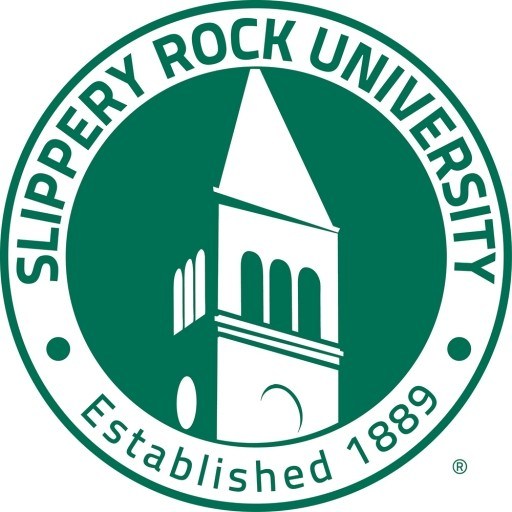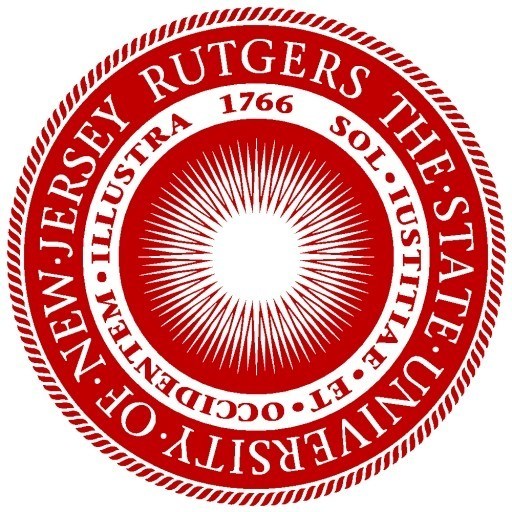Photos of university / #yale
The Undergraduate Program in History of Art at Yale University offers students a comprehensive and rigorous exploration of the visual arts across different periods, cultures, and geographical regions. This program is designed to develop a deep understanding of the historical context, stylistic developments, and cultural significance of a wide array of artworks, ranging from ancient sculptures to contemporary installations. Students will engage with diverse methodologies, including formal analysis, iconography, archival research, and theoretical approaches, to critically interpret artworks and understand their impact within broader societal and historical frameworks. The curriculum combines mandatory core courses with specialized seminars, allowing students to tailor their studies according to their interests in areas such as Asian, African, European, or American art. Throughout the program, students will have access to Yale's extensive collections, libraries, and state-of-the-art research facilities, facilitating original research and fostering scholarly growth. The program also emphasizes critical thinking, effective communication, and presentation skills, preparing graduates for diverse careers in academia, museums, galleries, art conservation, curation, or related fields. Faculty members are distinguished scholars and practitioners dedicated to mentoring students and advancing scholarship in the history of art. Interdisciplinary opportunities with departments such as Archaeology, Comparative Literature, and American Studies enrich the educational experience. Graduates of the program leave equipped with a nuanced understanding of the evolution of visual culture and the analytical skills necessary to contribute meaningfully to scholarly and professional communities. The Yale History of Art undergraduate program is committed to fostering a vibrant intellectual environment where students can explore the transformative power of art and its role in shaping human history.
The History of Art program at Yale University offers students an in-depth exploration of visual culture from antiquity to the present day. This multidisciplinary curriculum is designed to provide a comprehensive understanding of the development of art across different civilizations, regions, and time periods. Students will analyze artworks in their historical, cultural, and social contexts, gaining critical skills in visual analysis, research, and scholarly writing. The program covers a broad range of topics including ancient art, medieval art, Renaissance and Baroque periods, modern and contemporary art, as well as non-Western artistic traditions. Students are encouraged to engage in rigorous discussions, attend seminars, and participate in research projects that enhance their interpretive abilities and deepen their appreciation for artistic innovation and historical significance. The curriculum also emphasizes the study of art history methodologies, curatorial practices, and the role of art in societal and political contexts. Course offerings include lectures, seminars, and hands-on learning experiences at the Yale University Art Gallery, one of the most comprehensive university art collections in the United States. The program prepares students for careers in academia, museum curation, art conservation, and related fields by fostering critical thinking, analytical skills, and a lifelong appreciation for visual culture. Students have access to a vibrant intellectual community, distinguished faculty, and numerous opportunities for research and professional development. The degree ultimately aims to cultivate informed, creative, and engaged individuals equipped to contribute meaningfully to the understanding and preservation of global artistic heritage.
The Bachelor of Arts in History of Art at Yale University requires undergraduate students to complete a comprehensive set of coursework designed to provide a broad and deep understanding of the development and significance of visual arts across different cultures and historical periods. Students must fulfill foundational courses in art history, which include introductory surveys that cover major periods, regions, and styles such as Ancient, Medieval, Renaissance, Modern, and Contemporary art. These courses enable students to develop analytical skills and contextual understanding necessary for advanced study.
In addition to introductory classes, students are encouraged to choose specialized seminars that focus on particular themes, regions, or methodologies, such as Asian art, African art, Latin American art, or contemporary practices. The program emphasizes critical thinking, visual analysis, and research skills, requiring students to engage in close viewing of artworks, interpretive writing, and research projects.
Students are also required to complete a set of core courses in aesthetics, theory, and visual culture to deepen their understanding of the historical, philosophical, and cultural dimensions of art. Electives allow students to explore interdisciplinary approaches, including archaeology, anthropology, and history, supplementing their art historical knowledge.
A significant component of the program involves writing a senior thesis, which entails original research under faculty supervision, demonstrating mastery of a specialized topic in art history. Language proficiency in relevant contemporary or historical languages may be recommended for students engaging in research requiring primary sources or original manuscripts.
Throughout the program, students are encouraged to participate in internships, study abroad programs, and museum internships to gain practical experience in curatorial work, conservation, or arts administration. The program culminates in a comprehensive examination or portfolio review, affirming the student's readiness to pursue graduate studies or careers related to art history, curation, education, or other cultural sectors. Overall, the program requires approximately four years to complete full-time, with coursework balancing theoretical knowledge and practical skills to prepare graduates for advanced academic pursuits or professional endeavors within the arts and cultural fields.
Want to improve your English level for admission?
Prepare for the program requirements with English Online by the British Council.
- ✔️ Flexible study schedule
- ✔️ Experienced teachers
- ✔️ Certificate upon completion
📘 Recommended for students with an IELTS level of 6.0 or below.
The History of Art program at Yale University offers a range of financing options for prospective and current students to support their academic pursuits. Undergraduate students enrolled in the program can explore various sources of funding, including university scholarships, federal and state financial aid, external scholarships, and work-study opportunities. Yale's financial aid program is need-based, aiming to meet 100% of demonstrated financial need for admitted students, thereby making education accessible regardless of financial background. Applicants are encouraged to complete the Free Application for Federal Student Aid (FAFSA) and the University’s CSS Profile to be considered for institutional aid. Graduate students in the History of Art program can access teaching and research assistantships, which provide tuition remission and stipends in exchange for academic support. Additionally, the university offers fellowships and grants specific to art history, enabling students to pursue research, attend conferences, and undertake fieldwork without financial hardship. External funding sources such as private foundations, cultural organizations, and government grants are also available for those engaged in research projects related to the history of art. Yale University’s commitment to financial accessibility extends to providing comprehensive advice and support services, including dedicated financial aid officers who assist students in navigating application processes and exploring funding opportunities. The university's generous aid policies and a wide array of scholarships ensure that students can focus on their academic interests and research without undue financial burden. Moreover, alumni and donor-funded programs occasionally provide special fellowships and grants tailored to specific areas within art history, further expanding funding avenues. Students are encouraged to apply early for financial aid and scholarship programs to maximize their chances of receiving funding. By maintaining a broad network of funding sources, Yale University ensures that students in the History of Art program have substantial resources at their disposal to support their educational and research endeavors, ultimately fostering an academically enriching environment accessible to talented students from diverse socioeconomic backgrounds.
The History of Art program at Yale University offers a comprehensive exploration of visual culture, encompassing a wide range of periods, geographic regions, and artistic mediums. Students enrolled in this program engage in rigorous coursework that combines historical analysis with critical interpretation of artworks, enabling them to develop a nuanced understanding of the cultural, social, and political contexts that have shaped art throughout history. The curriculum includes courses on ancient, medieval, Renaissance, modern, and contemporary art, as well as specialized seminars on topics such as architecture, decorative arts, and visual theory. Students are encouraged to participate in visual analysis, scholarly research, and creative projects, often collaborating with faculty who are leading researchers in their fields. The program fosters critical thinking and artistic literacy, preparing students for careers in museums, galleries, academia, art conservation, curation, and art criticism. Yale’s rich resources, including access to extensive art collections, library archives, and research centers, support students' academic pursuits. Additionally, students benefit from the department’s connections with cultural institutions and exhibitions worldwide, offering opportunities for internships and practical experience. Graduates of the program have gone on to distinguished careers in the field of art history, contributing as curators, scholars, educators, and researchers. The program emphasizes both historical contextualization and methodological approaches, including visual analysis, archival research, and theoretical frameworks, ensuring that students are well-equipped to interpret and critique artworks within global cultural histories. Whether pursuing a generalist approach or specializing in particular periods or themes, students develop analytical skills, methodological expertise, and a broad understanding of the significance of art in human history. The Yale Department of the History of Art is committed to fostering an engaging intellectual community dedicated to the appreciation and critique of visual culture.







